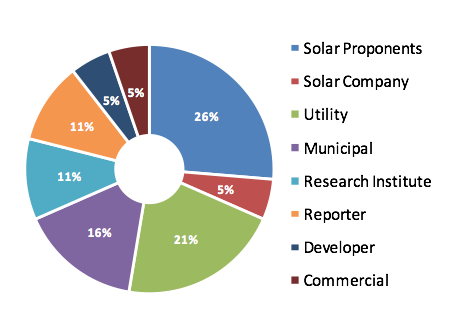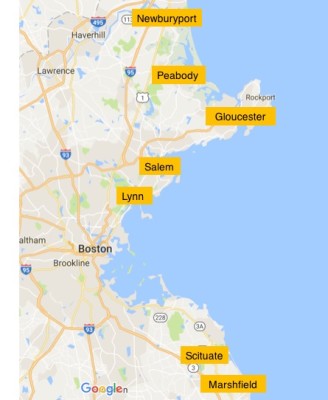Dez
Profiling the three carbon pricing bills before the MA Legislature
Three different carbon pricing bills with significant numbers of co-sponsors were introduced to the Massachusetts Legislature earlier this session after similar attempts had been ground to a halt in previous years. By February 2018, the Joint Committee on Telecommunications, Utilities and Energy, which held a hearing on the bills in June 2017 and in whose court the ball is right now, has to make its recommendations to the Legislature.
In light of the tight timeline for the decision to be reached and the likely importance of the pricing tool in the arsenal of the State to reach its post-2020 emission reduction goals, the differences among the bills warrant closer attention.
In this post, I will summarize the main differences of the bills by Senator Barrett (S.1821), Senator Pacheco (S.1869) and Representative Benson (H.1726) along the main design dimensions of carbon pricing schemes that were first summarized by Brookings senior fellow Adele Morris.







